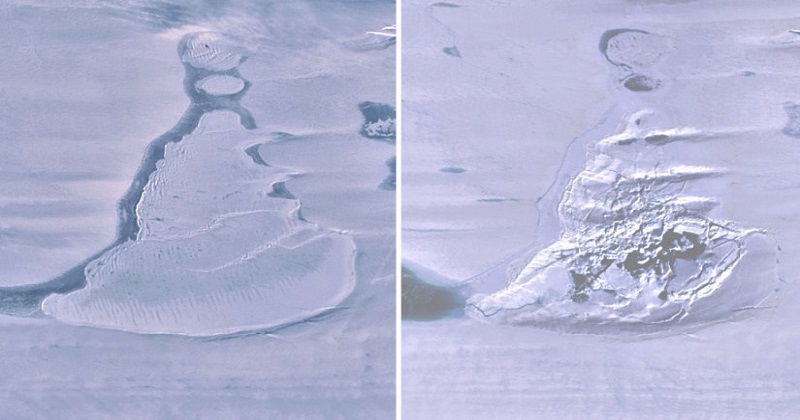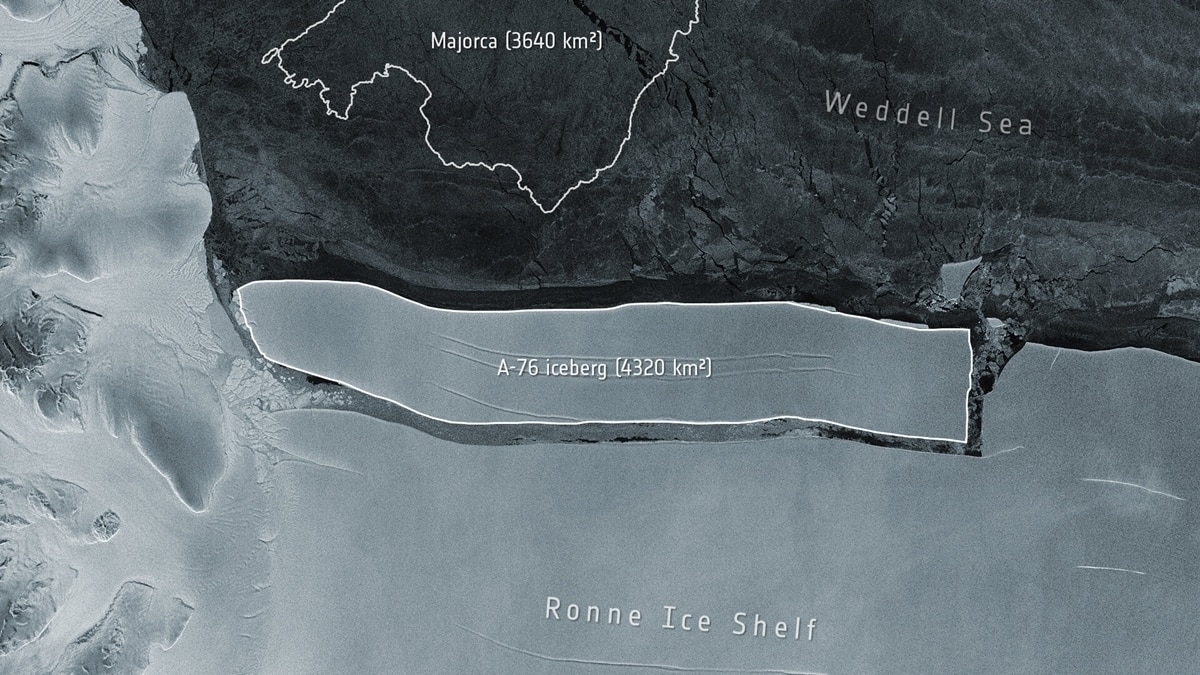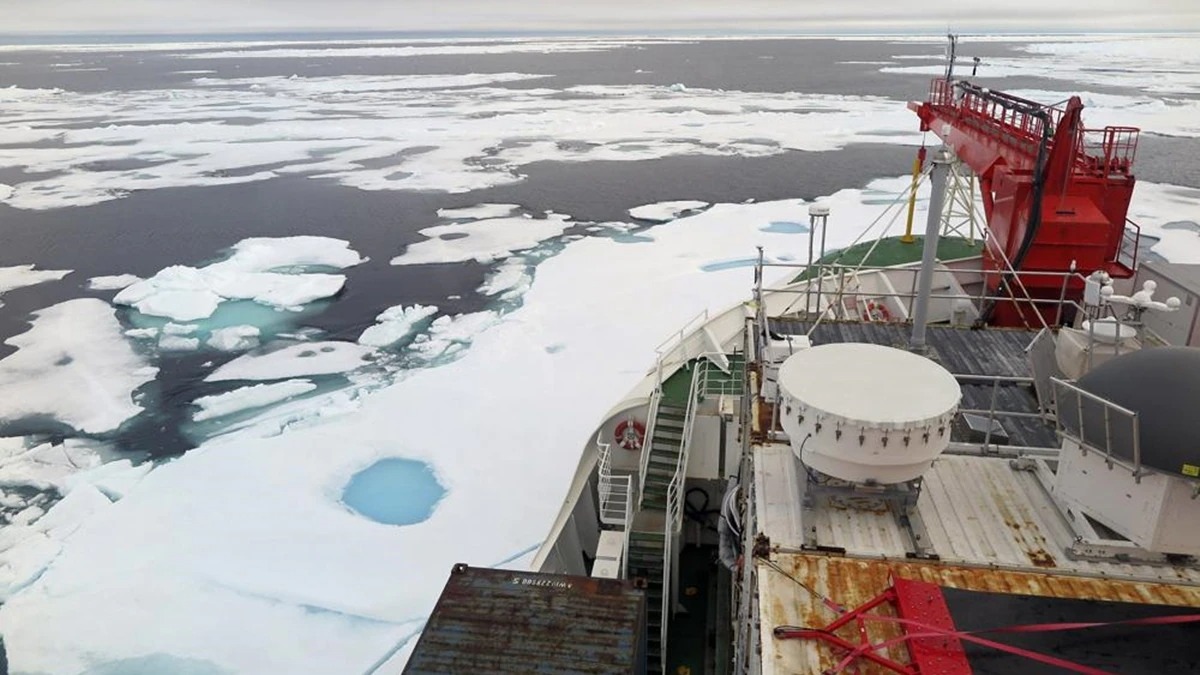
A vast ice-covered lake in Antarctica disappeared in a matter of days, raising concerns among scientists about the dangers of climate change and global warming. The incident on the Amery Ice Shelf in East Antarctica in 2019 was only seen on satellite pictures.
According to scientists, an estimated 21 billion to 26 billion cubic feet of water discharged into the ocean may cause sea levels to rise. After the ice shelf underneath collapsed, the lake disappeared within three days.
Surface melting over Antarctica’s floating ice shelves is expected to grow considerably in the next decades, as per a report published in the journal Geophysical Research Letters, although the implications for their stability remain uncertain.
Also Read: Finance Ministry releases Rs 9,871 crore grant to 17 states
In June 2019, high-resolution satellite photos revealed a sudden shift on East Antarctica’s Amery Ice Shelf, as meltwater from a deep, ice-covered lake flowed through to the ocean below, leaving a deep, uneven 11 square kilometre depression of cracked ice.
‘We suspect that a massive fracture in the floating ice shelf erupted briefly and emptied the whole lake into the ocean in three days. It would have been an amazing sight,’ Roland Warner, a glaciologist at the University of Tasmania and main author of new research, said. The lake held more water than Sydney Harbour, and the flow into the ocean underneath it would have been similar to the flow over Niagara Falls.

A laser device on NASA’s ICESat-2 caught the event as well, detecting individual photons reflected back from the ice surface to generate high-resolution elevation measurements. The researchers also employed surface elevation maps created by the University of Minnesota’s Polar Geospatial Centre to investigate the entire scope of the alterations, which spanned 60 square kilometres.
Also Read: Transactions protected by RBI and NPCI: Google Pay
Some Antarctic ice shelves have undergone increased surface melting in recent decades as air temperatures have risen, and the most current estimates of the effects of future warming on Antarctica indicate that trend continuing, resulting in additional melt lakes.

Impacts of Global warming may also be seen in the Arctic, where the ‘last ice area’ has begun to melt sooner than predicted. The Last Ice Area is located in the Arctic, where the floating sea ice is so thick that it can endure decades of global warming. However, a ship has recently passed through a hole caused by melting.
The opening, which was observed by scientists onboard a German icebreaker, occurred in the Wandel Sea north of Greenland in late July and August. According to research published on Thursday in the journal, Communications Earth and Environment, it was mostly due to an unusual weather occurrence, although decreasing sea ice from decades of climate change was a key influence.

Post Your Comments